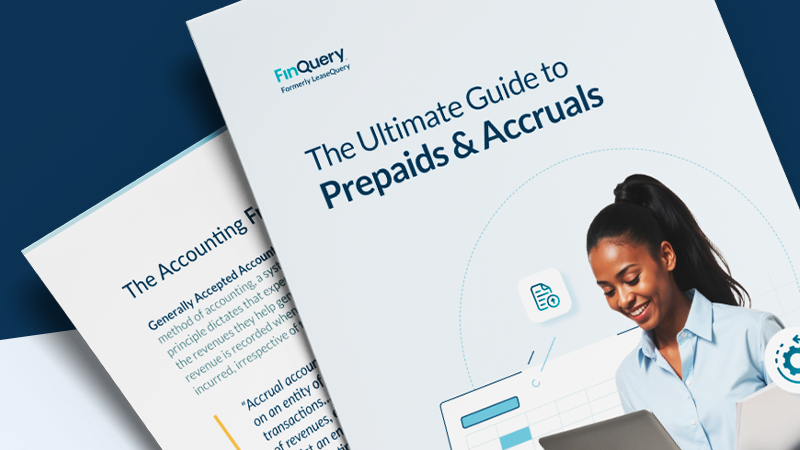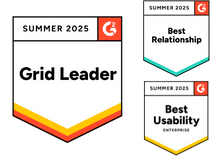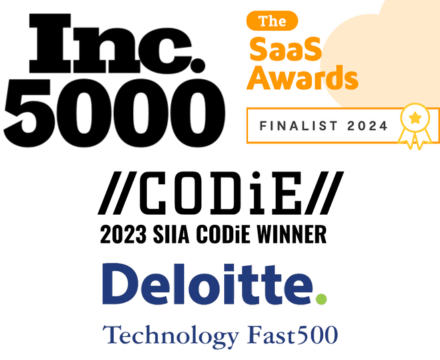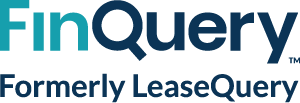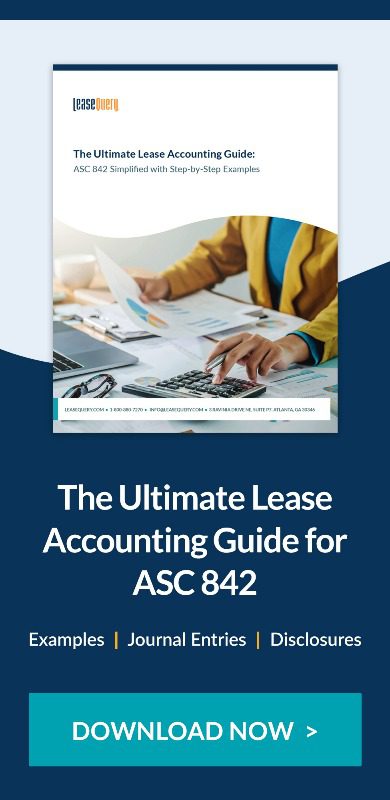While you’ve successfully navigated the lease accounting transition, ongoing compliance and efficient management remain crucial. If your current lease accounting software isn’t delivering, it’s time to re-evaluate. Staying with a subpar solution can lead to inaccuracies, inefficiencies, and increased risk. Here are key indicators that it’s time to seek a better fit:
Critical feature and functionality gaps
Lease accounting software should be a strategic asset, not a burden. Essential features include:
- Robust automation
- Seamless integration with other business systems (ERP, etc.)
- Granular role-based access
- AI-assisted document abstraction
- Point-in-time and historical reporting
- Ability to automate catch-up entries for missed leases and missed lease changes
If your software lacks these capabilities, you’re likely facing unnecessary manual work and potential compliance issues.
Compromised data security
Data security is non-negotiable. Your provider must prioritize protecting sensitive financial information. Evaluate your software’s security features: Does it offer strong encryption and unique login protocols? Inadequate security measures put your data at risk.
Poor user experience and limited support
Your lease accounting software should streamline workflows, not complicate them. An intuitive interface and responsive support are essential. If your team finds the software difficult to use or struggles to get timely assistance, it’s impacting productivity and efficiency. Look for solutions offering comprehensive support, including 24/7 self-service resources and expert accounting personnel.
Inefficient data sharing and collaboration
Easy data access and collaboration are crucial. If your team is constantly struggling to locate and share information, it’s a sign of a poorly designed system. The ability to provide auditors with read-only access, for example, can save significant time and resources.
Cost vs. value imbalance
While cost is a factor, prioritizing the cheapest option can lead to long-term problems. Consider the total cost of ownership, including potential inefficiencies and compliance risks. Look for transparent pricing structures that offer unlimited users and comprehensive features.
Lack of product evolution and integration
Is your software provider actively investing in updates and enhancements? Does it seamlessly integrate with your existing ERP and other critical systems? Stagnant software can quickly become outdated, leaving you with limited functionality and increased risk.
Poor user feedback
Don’t rely solely on vendor claims. Listen to your gut and seek out independent user reviews, especially those from other lease accountants. Pay attention to feedback on support quality, expertise, and overall ease of use.
Conclusion
Settling for a lease accounting solution that doesn’t meet your needs is a disservice to your organization. If your current software is hindering efficiency, accuracy, and security, it’s time to explore alternatives. Finding the right solution is an investment in your financial health and future compliance. Use resources like our G2 Lease Accounting Report to make an informed decision.


